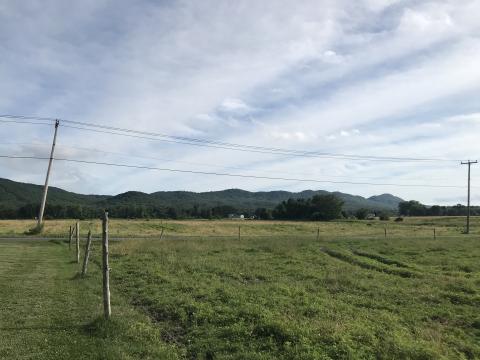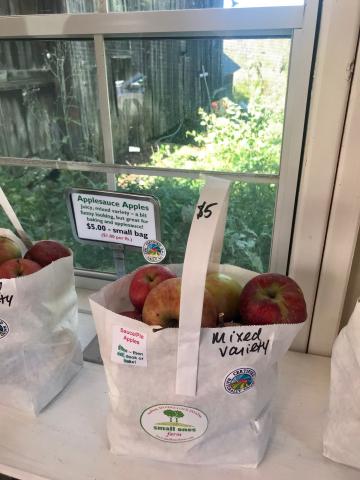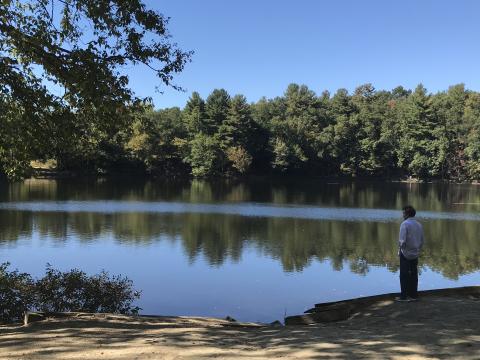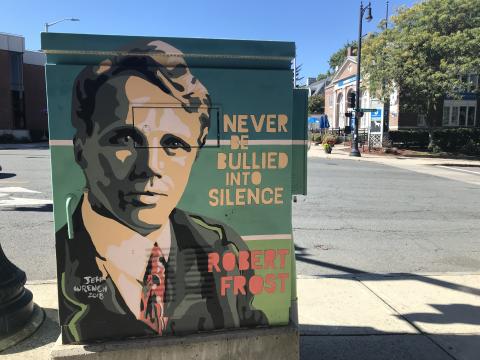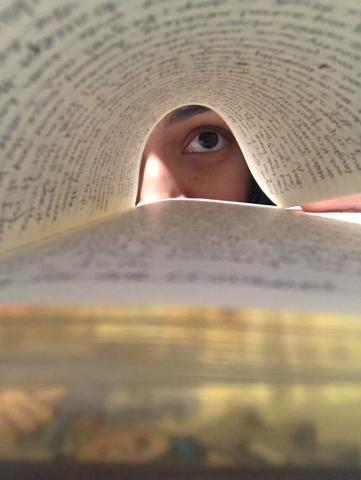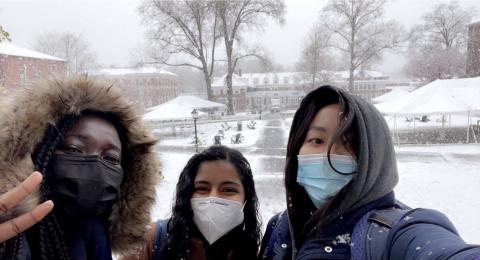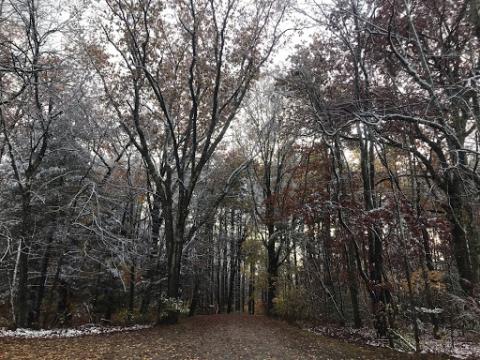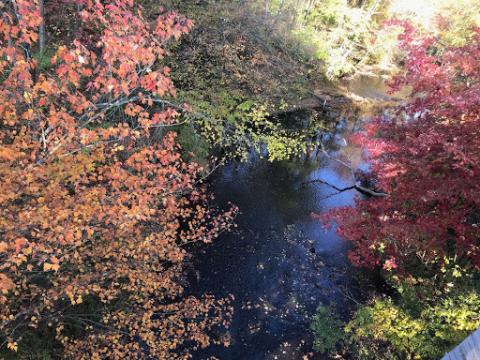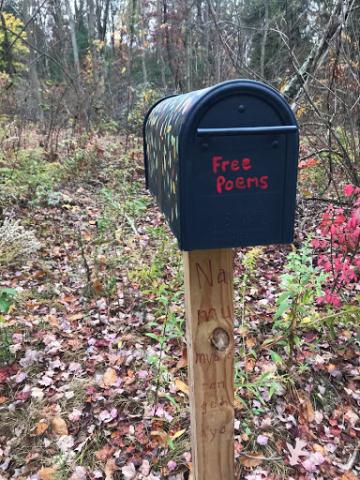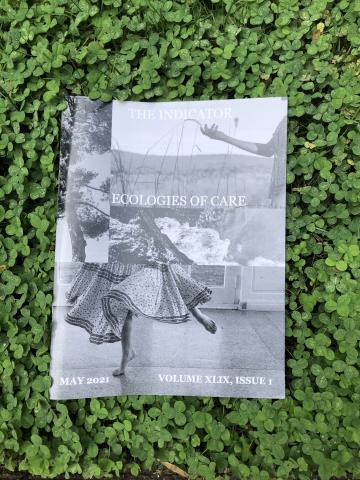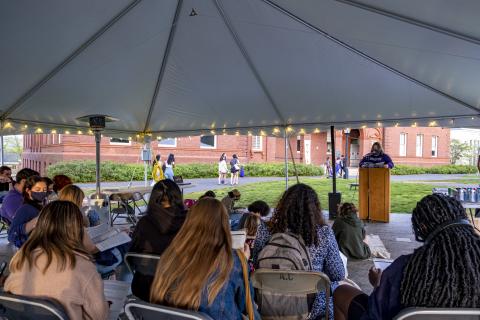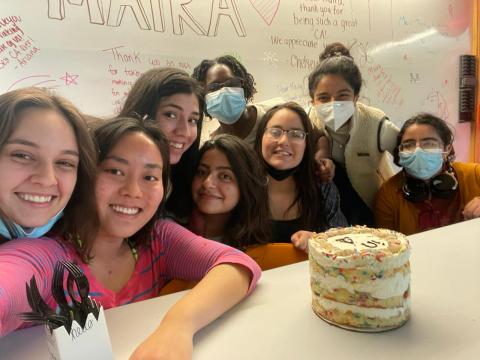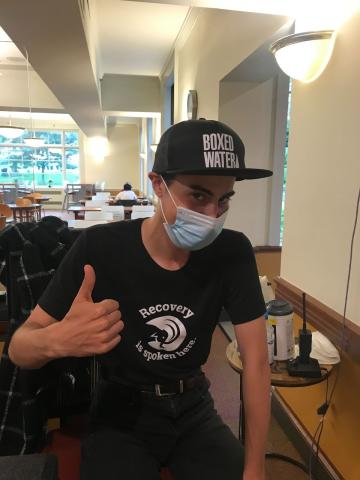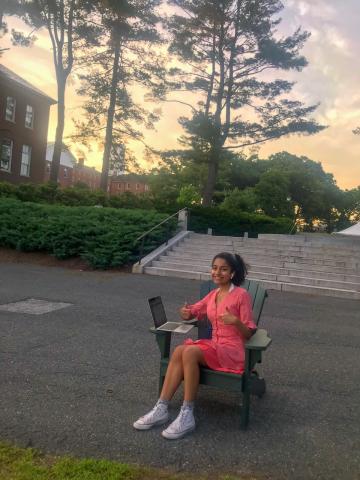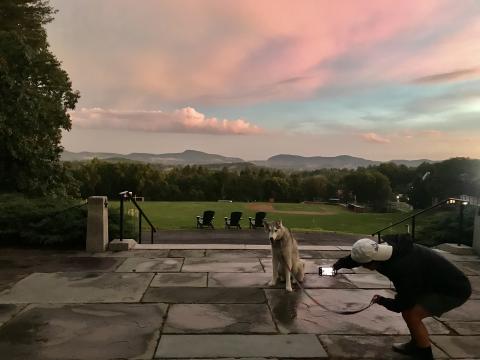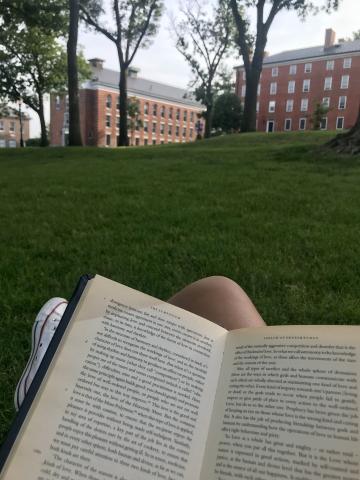Now that August is right around the corner, the daunting image of a massive stack of books has wormed its way into my brain in anticipation of the upcoming semester. Taking two English classes in the fall means that I’ll be doing plenty of reading and writing, but even though this thought is overwhelming at first, I also can’t help but feel jittery with glee to delve into two very different English classes simultaneously. The three English classes I’ve taken during my first year were by far my favorite classes so far here at Amherst, and I’m excited to explore more of what the English department has to offer.
With a variety of courses focusing on novels, poetry, film, television shows, playwriting, and memoirs, no two English classes here at Amherst are the same. Writing and reading closely are definitely fundamental pillars of any Amherst English class, but English classes here will often revolve around enhancing one (or a combination) of the following skills: analyzing, critiquing, and creating works of our own. To present a taste of what Amherst English classes are like, I’ll be raving about the three that I’ve taken so far below:
ENGL-253 Modernists: In their Words and in their Worlds
There are two parts of this course title to unpack with respect to literary modernism. The first is the phrase “in their words”: careful analysis of early twentieth-century works—done by examining experiments in literary form as well as by close reading—was a key driver of the class. The second part is “in their worlds”: by deep-diving into the historical changes going on in the worlds of the modernist writers—such as war, colonization and decolonization, the Harlem Renaissance, and urban technology—we came to better understanding the relationship between these unconventional literary experiments and historical change.
My classmates and I expressed a common sentiment throughout the entirety of the class: the modernists were extremely confusing! Their winding, spiraling thoughts were often delivered in nonlinear streams of consciousness by unreliable narrators. Yet, this distinct indirectness and unconventionality of the modernists caused me to bury my nose in their books even more, as I became fascinated with both their words and their worlds and the interconnectedness between the two. I remember writing my first-ever college essay for this class and digging through James Joyce’s A Portrait of the Artist as a Young Man to find water-related passages that would add nuance to my main argument. Looking back, I realize that it may be a bit absurd to feel so energized when writing a paper about the motif of water and its ability to serve as an indicator of progressive character development, but I do think my excitement was reflective of my burgeoning love of the English department here at Amherst.
ENGL-270 Letter Writers and Epistolarity
Taught entirely on Zoom throughout the three weeks and a half of interterm, this course explored the nature of letters as literary forms but also as complex forms of communication. On the first day of class, my professor proudly declared that he had recently changed the first two words of the course title to “Letter Writers” instead of the original “Letter Writing”—and it was then that I realized there would be a creative writing component embedded in the class. While we had to read letters along with epistolary novels, we also had to grab the pens ourselves and write letters of our own to form small circles of correspondence with our peers.
My favorite epistolary novel we read in class was definitely The Screwtape Letters by C. S. Lewis. As a masterpiece of satire consisting entirely of letters written from one devil to his nephew, The Screwtape Letters allowed us to explore how letters have the potential to be manipulative in their (sometimes) persuasive nature. At the end of the course, we were required to complete a 25-page capstone project; we could opt to pursue a research-oriented project that would involve archiving and analyzing a collection of letters, or we could write an epistolary novella of our own. To try my hand at creative writing, I chose the latter option and my novella actually ended up being 28 pages long! It was the most fun I’ve ever had writing for a class here at Amherst, especially because my novella was mainly autobiographical—the letters I wrote conveyed how I grappled with the notion of becoming a writer in a rather dry yet humorous manner.
ENGL-111 Having Arguments
“Good evening Professor,” I had typed in an email to my ENGL-111 professor. “Attached below is my essay on zoos.”
Upon accepting my admission to Amherst, I knew I was going to be doing a lot of writing, but it never crossed my mind that I would be writing an essay on zoos. I never imagined I’d ever have to argue whether zoos are equivalent to “prisons, madhouses, and concentration camps” or if they’re fundamentally different from those institutions. To add a layer of peculiarity, I really never thought this would be the most challenging paper I’ve ever had to write in my academic journey at Amherst career thus far. Navigating the ethics of zoos is no easy feat.
As argumentative writing isn’t something I’d consider my strong suit, I decided to register for this class to improve my argumentative writing skills. While I did struggle a bit at first, I’m glad I took the class because it was so writing intensive—we had to write a two-page paper every weekend! The constant practice definitely played a fundamental role in helping me grow as a much stronger and more concise writer. My professor was more than willing to meet with me outside of class and walk me through the strengths and weaknesses of the zoo essay, and his feedback helped me in doing well on my final paper for the class.
Having Arguments was actually my first class fully in-person, and in a real Amherst classroom down at Chapin Hall! (My Literary Modernism class was conducted outdoors in a tent on the First Year Quad due to COVID-19 guidelines, and the Letter Writers class was on Zoom). As this was an entirely academic post, enjoy the fun picture below of my two friends and me on the steps of Chapin before class—my wet hair froze over due to the frigid, snowy weather!
July 30, 2021

